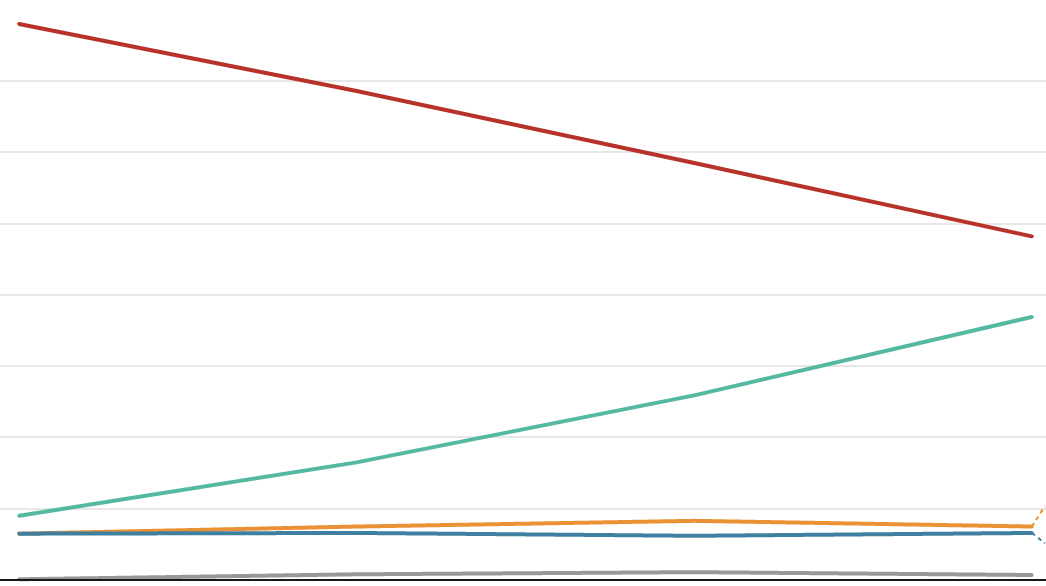As is the story across Australia, there has been a shift away from election day voting in Victoria over the last decade, which could potentially culminate with a majority of voters casting their ballot before election day in 2022.
I’ve collected data on the share of vote cast by method dating back to 2006.
The share of votes cast as absent votes (ie those cast outside of the electorate on election day) and postal votes has remained roughly steady, making up 14% of the total between them in 2018.
Most of the change has happened with voters shifting from casting an ordinary vote to a pre-poll vote.
Ordinary votes made up 78% of the total in 2006, and just 48% in 2018. Pre-poll votes have grown from 9% to 37% over the same period.
If you add up the election day vote (ordinary and absent) it has shrunk from 84.5% to 54.8% over this period. If the trend continues, you'd expect a majority of votes to be cast early this year, as they were at the recent federal election.
The COVID-19 pandemic has seen further shifts in voting patterns - a growth in postal voting, but also an acceleration of the shift towards pre-poll voting (see a series of blog posts about the impact of the pandemic on voting here).
So far the evidence suggests a boost in both postal and pre-poll votes.
Antony Green has helpfully summarised the trends so far with a blog post today. It includes some useful charts, similar to what I was thinking of doing, so I won't reinvent the wheel.
Just in short, more postal vote applications have been received in 2022 so far than were received in the whole 2018 campaign, while the number of pre-poll votes cast by Wednesday was about 57% higher than at the same point in 2018.
I will come back and update these numbers next week. If you want to see the VEC's data yourself you can find it here.



